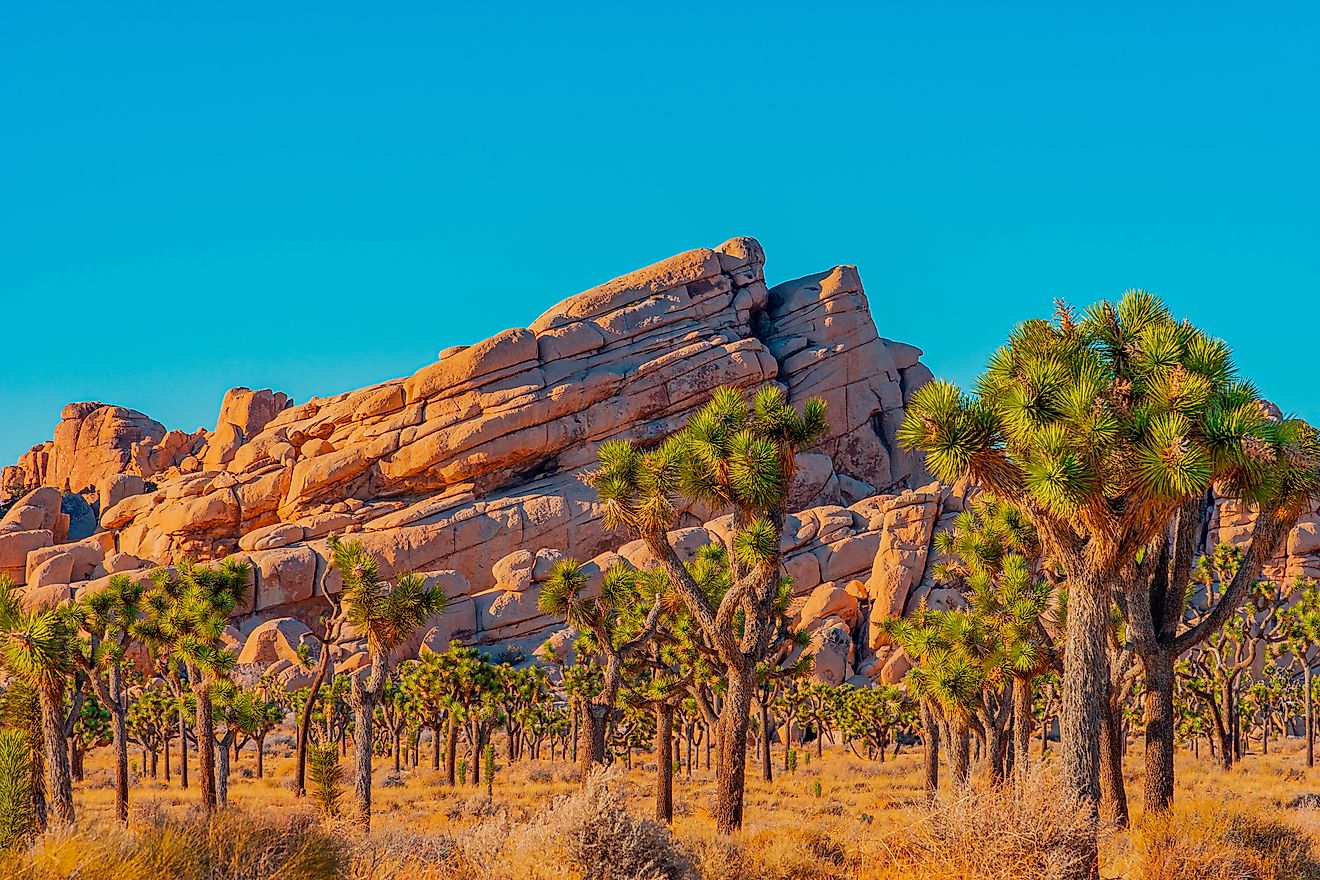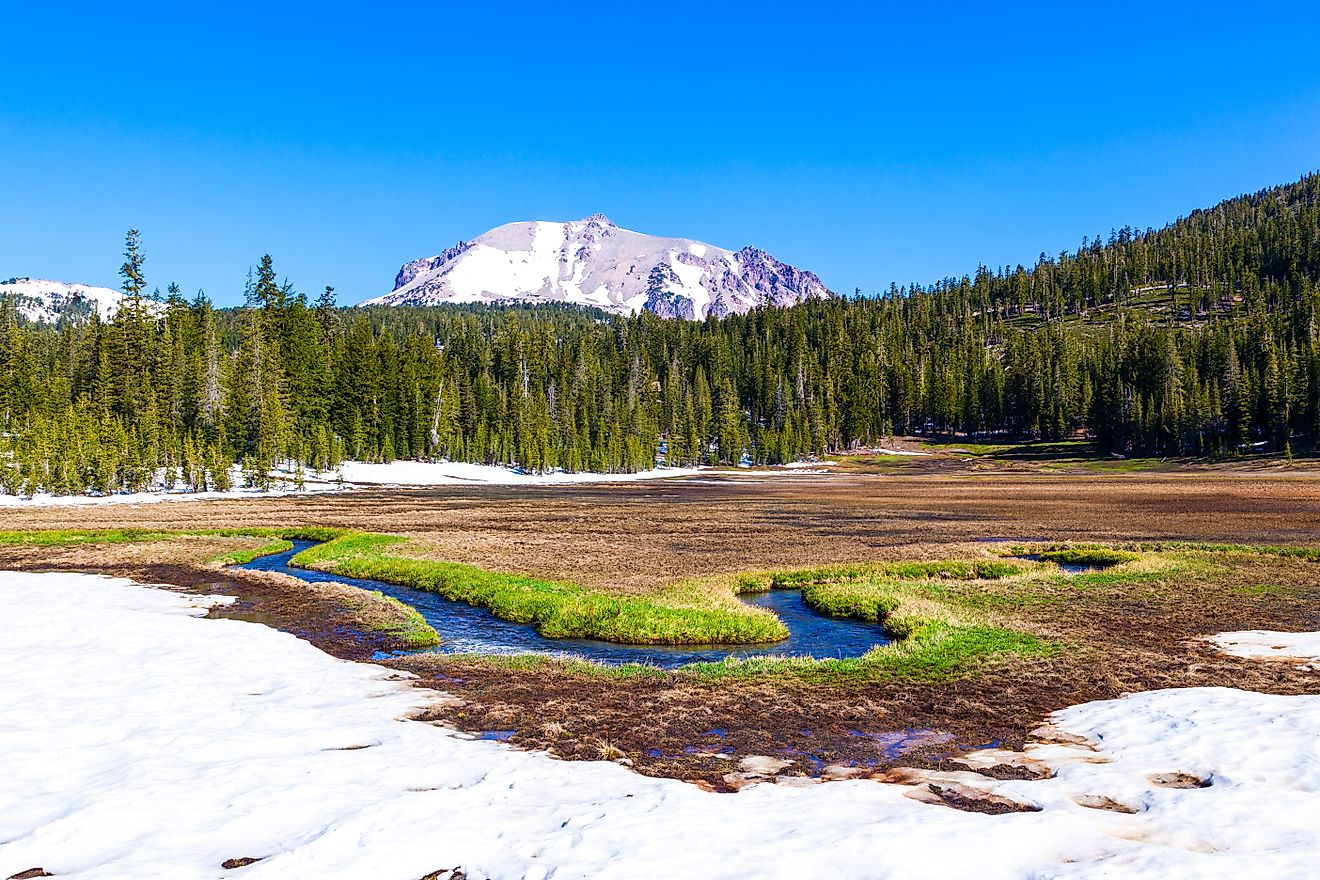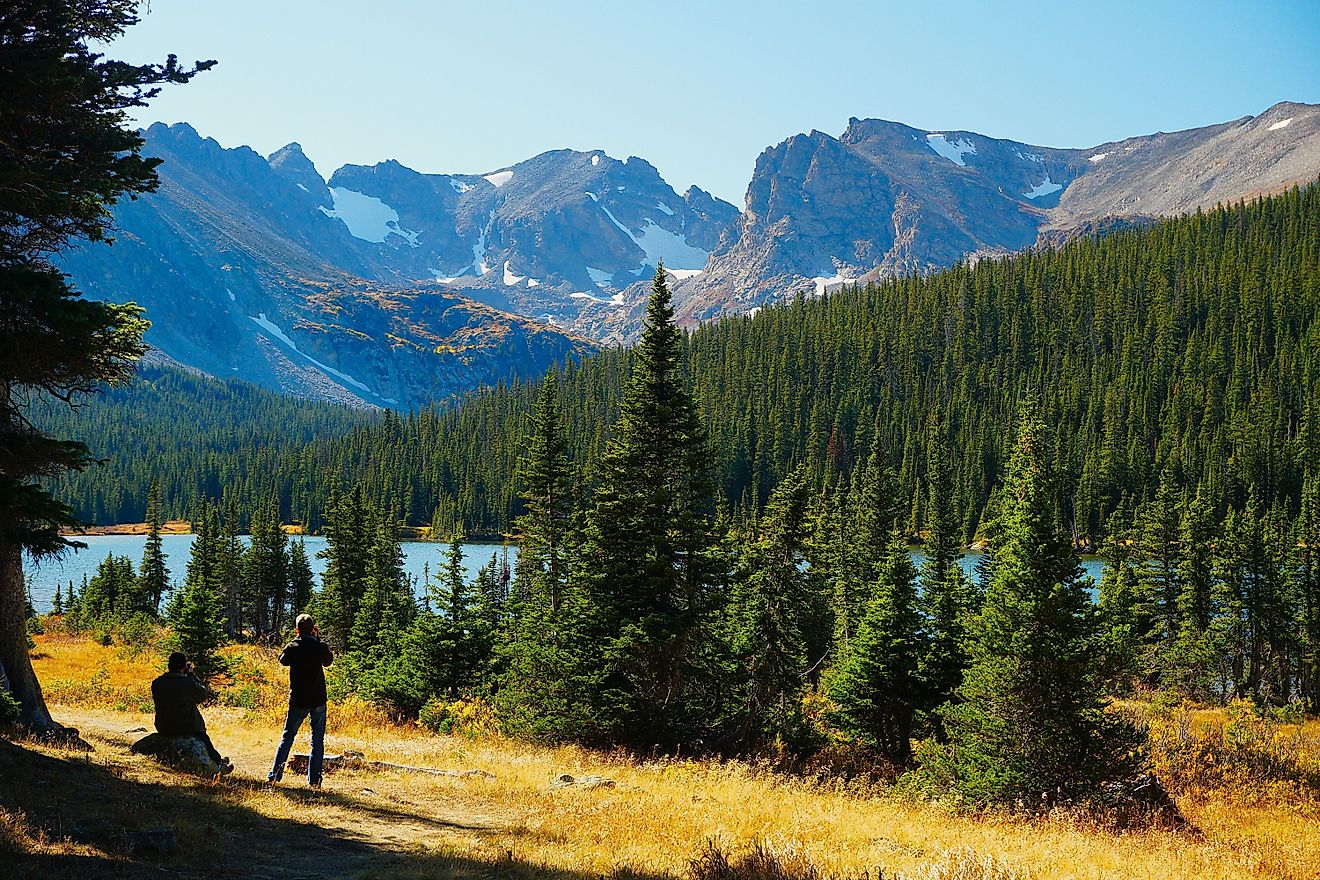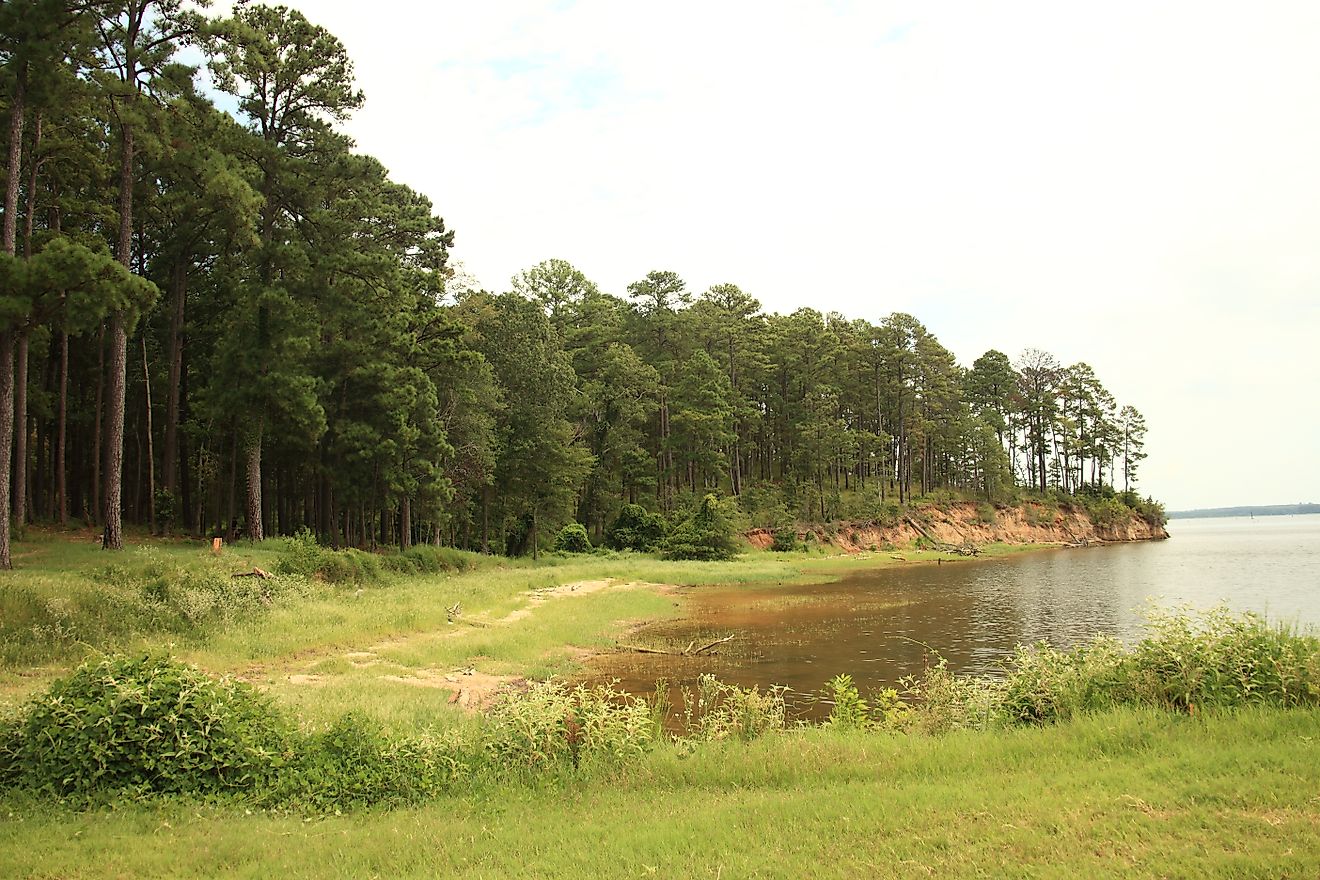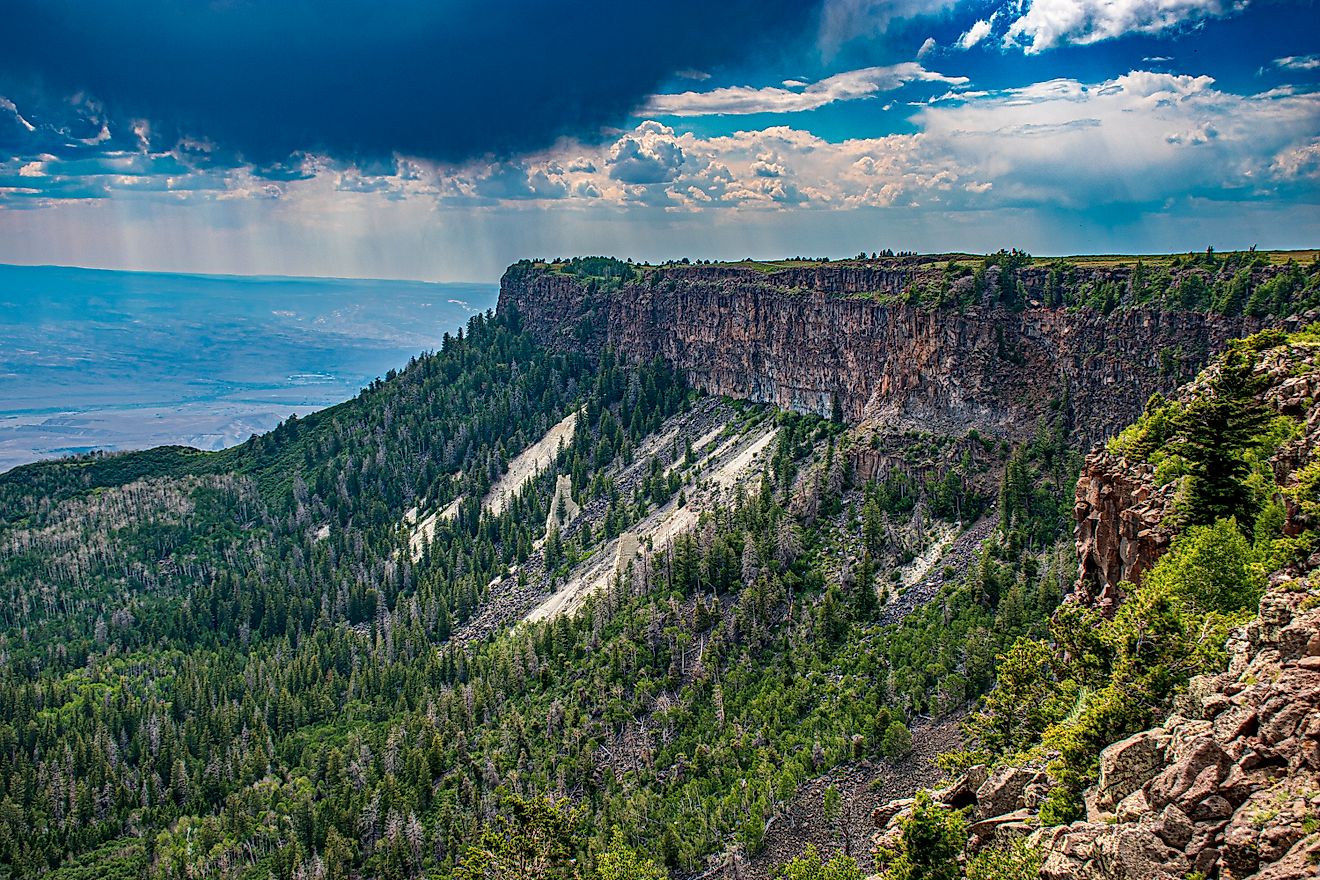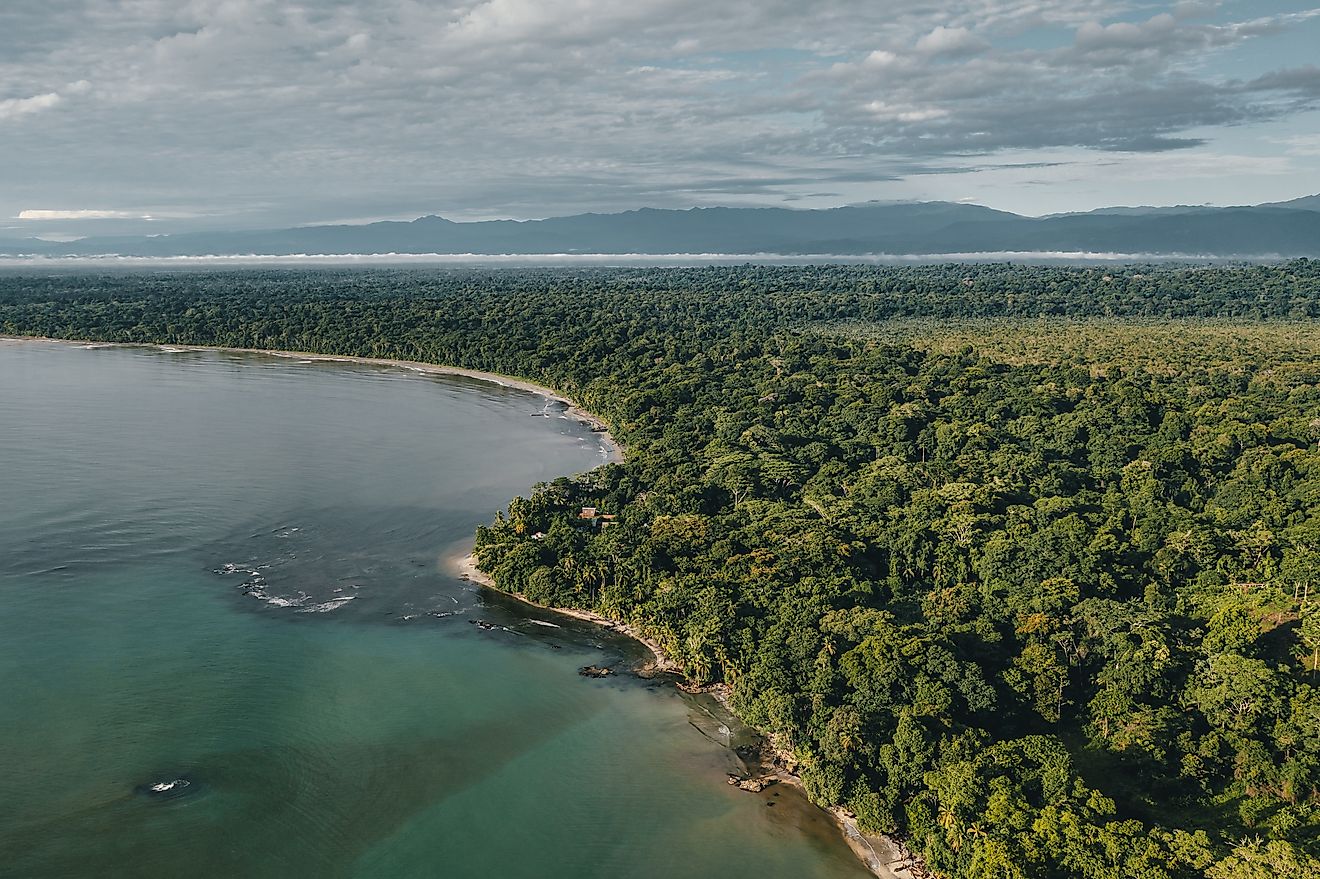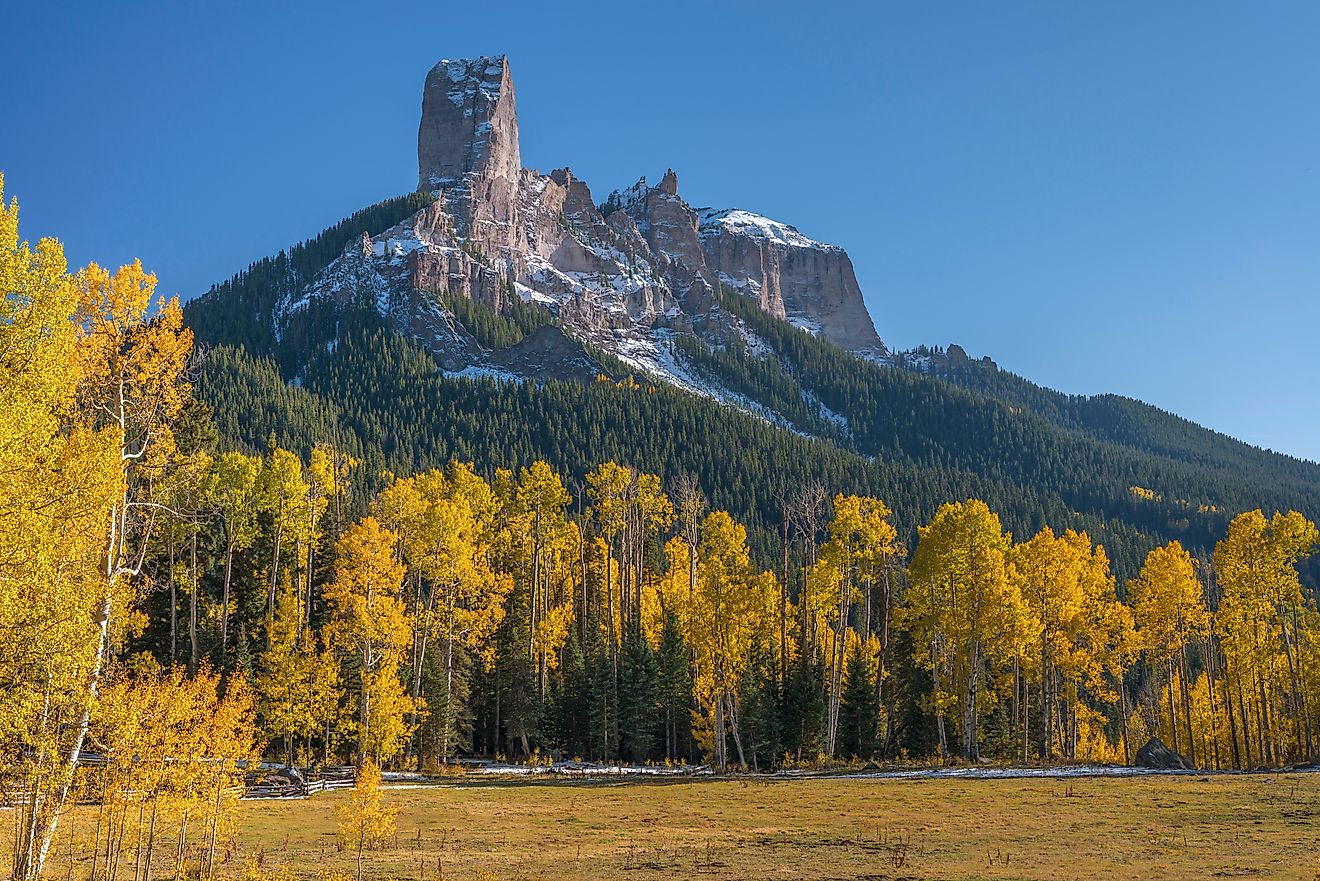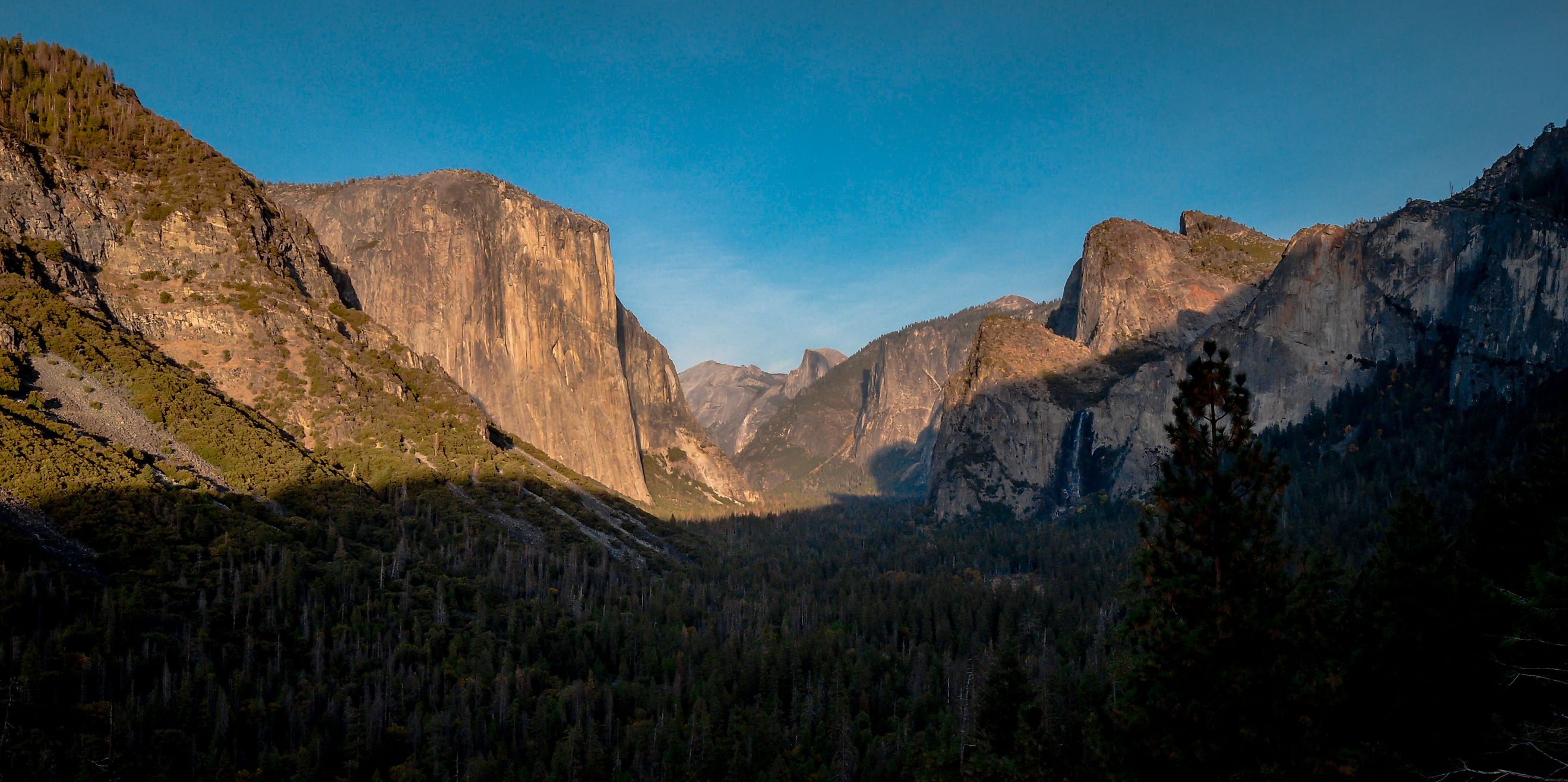
Yosemite National Park
Tucked in California's Sierra Nevada mountains, about 140 miles east of San Francisco and 100 miles southeast of Sacramento, lies one of America’s most awe-inspiring natural treasures: Yosemite National Park.
Encompassing over 1,189 square miles, this UNESCO World Heritage site is a beacon for nature lovers, adventurers, and conservationists. With soaring granite cliffs, cascading waterfalls, ancient sequoias, and vast wilderness, Yosemite is more than a national park—it is a symbol of the enduring American wilderness.
The Landscape
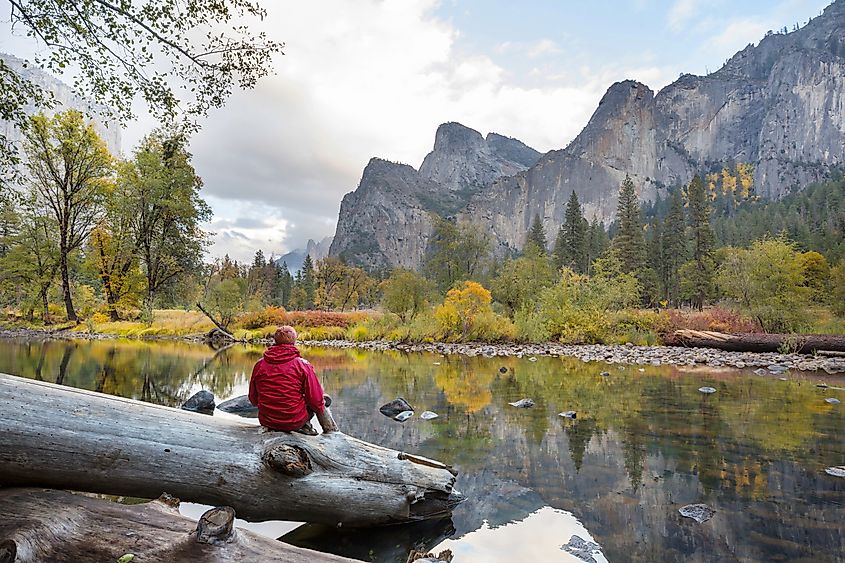
Yosemite is set in the heart of the Sierra Nevada range, largely within the basins of the Merced and Tuolumne rivers. The park's topography gradually rises from west to east, with the eastern boundary forming a major drainage divide. Elevations range dramatically, peaking at Mount Lyell’s formidable 13,114 feet.
Glacial activity during the Ice Ages sculpted much of Yosemite’s iconic landscape, leaving behind deep U-shaped valleys and sheer granite walls. Nowhere is this more evident than in Yosemite Valley, a sweeping glacial trough that stretches approximately 7 miles in length and up to a mile in width. Its towering walls rise 3,000 to 4,000 feet above the valley floor and are home to the park's most legendary features: the monolithic El Capitan, the towering Half Dome, and the multi-tiered Yosemite Falls.
Climate

The park’s climate is closely tied to its elevation. Summers in the valley are warm, often hot, with highs reaching above 90°F. Afternoon thunderstorms are not uncommon at higher elevations. Winters, by contrast, bring snow and cold, especially in the high country, although valley temperatures are milder. Annual precipitation averages 36 inches, most of it falling as snow during the winter months. Snowfall in the valley averages about 65 inches, though higher elevations receive significantly more.
Giants, Flowers, and Wildlife
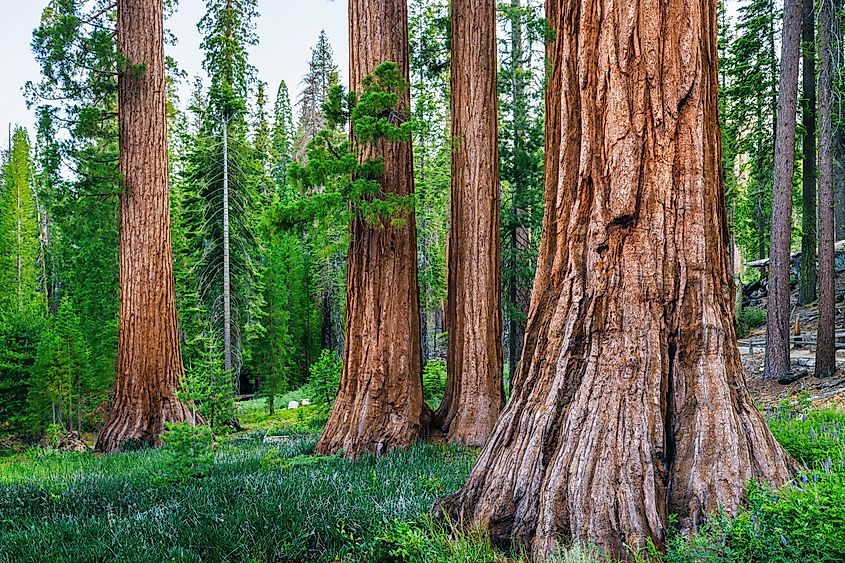
The flora of Yosemite changes significantly with elevation. At lower levels, one encounters oak woodlands and chaparral. As you ascend, coniferous forests dominate, home to ponderosa pine, incense cedar, and the majestic giant sequoia. The Mariposa Grove in the park’s southern reaches is famed for its ancient sequoias, some of which are estimated to be over 2,000 years old. Higher still are the subalpine forests of lodgepole pine and mountain hemlock, eventually giving way to alpine meadows and bare granite peaks.
Yosemite’s fauna is as varied as its plant life. Large mammals include mule deer, black bears, coyotes, and elusive mountain lions. The park also shelters endangered species such as the Sierra Nevada bighorn sheep and the Pacific fisher. Birdwatchers will find a haven here, with over 250 species recorded, including Steller’s jays, peregrine falcons, and mountain bluebirds. Amphibians, reptiles, and fish—including several trout species—round out Yosemite’s thriving ecosystems.
From Indigenous Peoples to National Park
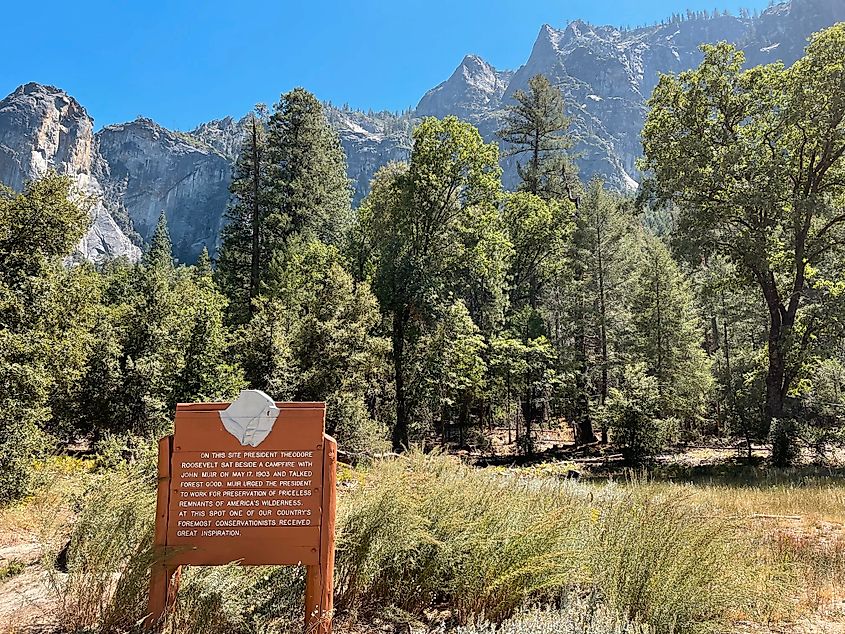
Long before Yosemite became a national treasure, it was home to the native Miwok and Paiute peoples, who lived in and around the valley for thousands of years. They hunted, fished, and gathered food in seasonal rounds and left behind a legacy of basketry, language, and culture.
The wider world discovered Yosemite in the mid-19th century. Trappers and miners first entered the region in the 1830s and 1840s. In 1851, a California state militia entered Yosemite Valley while pursuing Native Americans, and word of the stunning landscape began to spread. Artists like Thomas Hill and photographers like Carleton E. Watkins captured Yosemite’s beauty, helping to ignite national interest.
In 1864, President Abraham Lincoln signed the Yosemite Grant Act, setting aside Yosemite Valley and the Mariposa Grove for public use and preservation—a landmark moment in the American conservation movement. John Muir, the famed naturalist and founder of the Sierra Club, was instrumental in advocating for Yosemite's expansion and federal protection. His efforts, along with those of writer Robert Underwood Johnson, culminated in the creation of Yosemite National Park in 1890. By 1906, the state lands were incorporated into the national park.
Access and Infrastructure
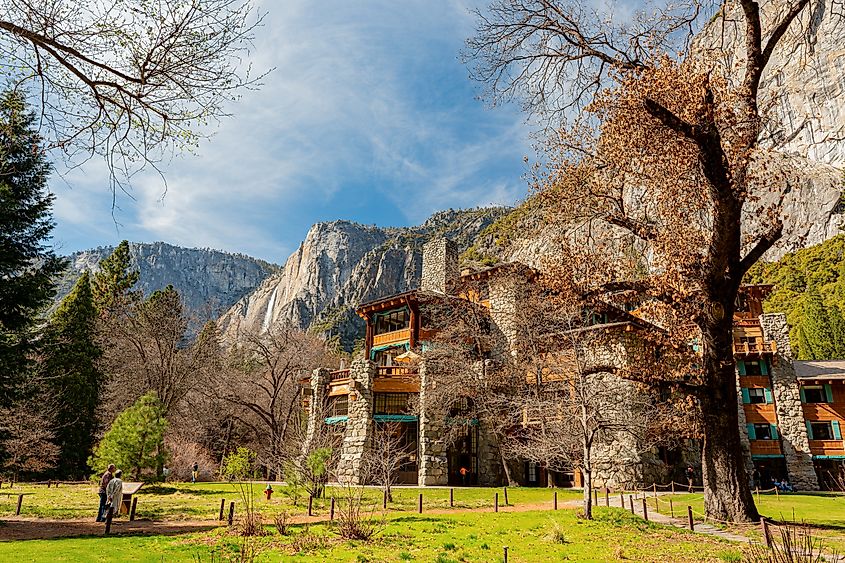
Early visitors endured grueling journeys on horseback or by wagon, but by the late 1800s, roads reached the park’s boundaries. A railroad to Yosemite’s western edge, completed in 1907, brought more visitors. By the mid-20th century, tourism had skyrocketed. Over one million people visited in 1954 alone, and that number has since tripled.
Today, most visitors enter the park via the west or south entrances. An east-west road crosses the park via Tioga Pass, providing seasonal access from the east. Summer brings congestion to Yosemite Valley, prompting the park service to implement a shuttle system to ease traffic and protect natural areas. A long-term restoration and infrastructure plan adopted in 2000 aims to balance visitor access with environmental preservation.
Yosemite offers accommodations ranging from historic lodges like The Ahwahnee to rustic campsites and backcountry wilderness permits. In total, the park hosts over 1,500 campsites and numerous private lodging options.
Recreation
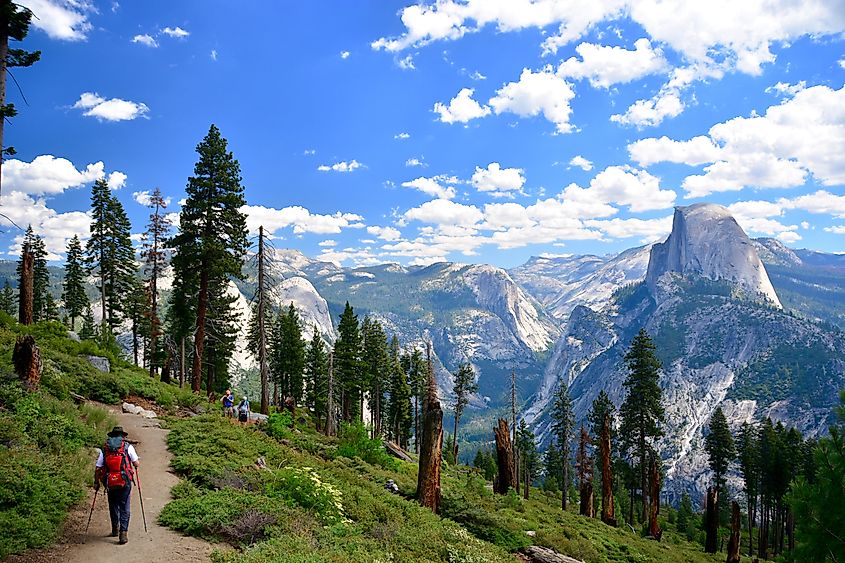
Outdoor adventure is at the heart of the Yosemite experience. The park boasts more than 800 miles of hiking trails, from easy walks to strenuous climbs. The Mist Trail to Vernal and Nevada Falls is among the most popular day hikes, while seasoned backpackers often attempt the High Sierra Camps loop.
Rock climbers from around the world come to test their skills on Yosemite’s granite walls. El Capitan, in particular, is a mecca for climbers, including those who attempt free solo ascents or multi-day vertical camps.
For those seeking winter fun, Badger Pass Ski Area offers downhill and cross-country skiing. Rafting on the Merced River is popular in summer, and wildlife watching, especially during spring and fall, offers quieter yet equally fulfilling experiences.
Two visitor centers—one in Yosemite Valley and a seasonal one near Tioga Pass—help orient guests. The Yosemite Museum, located in Yosemite Village, showcases the region’s Indigenous history and features a recreated Miwok village.
Challenges and Conservation
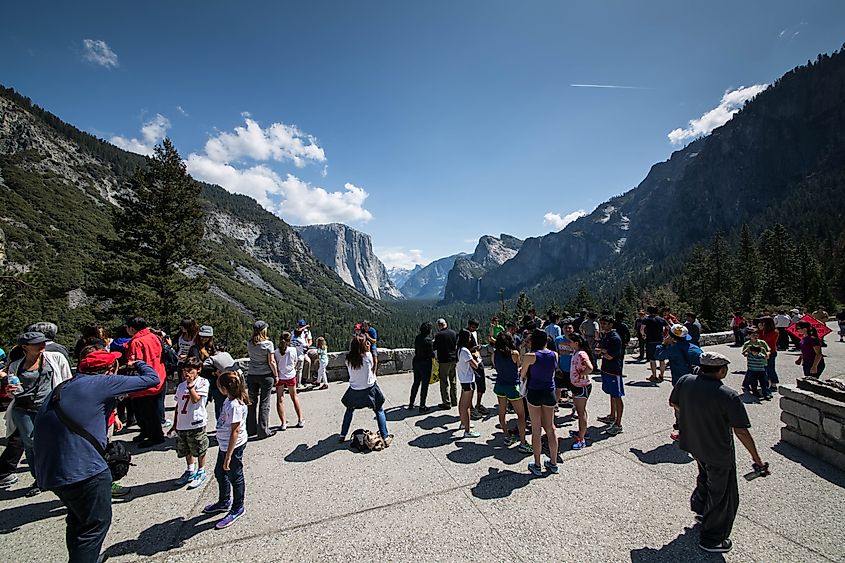
Yosemite is one of the most visited national parks in the United States, with over four million visitors annually. This popularity presents challenges: environmental degradation, traffic congestion, and the risk of wildfire all threaten the park’s delicate ecosystems.
Efforts are ongoing to restore habitats, improve infrastructure, and limit the human footprint. Some roads and facilities have been relocated or removed to allow natural processes to resume. Conservation organizations continue to advocate for policies that protect Yosemite’s biodiversity and cultural heritage.
Climate change is a growing concern. Shifts in snowpack, rising temperatures, and the frequency of wildfires pose threats to both the environment and the visitor experience. The park has begun long-term planning to adapt to these changes, ensuring that future generations can experience Yosemite's wonders.
